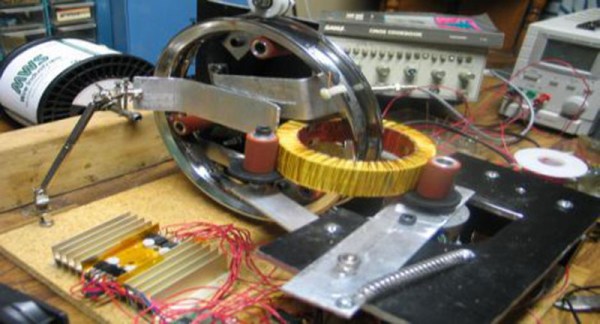
[Maarten] told us about a C64 USB keyboard that was modified to be used as a standard input device. An interesting aspect of the project is the use of V-USB (formerly known as AVR-USB). V-USB is a software only approach to slow speed USB HID. In essence this is a two fold mod, The C64 keyboard is patched to a PC, and an off the shelf AVR is software-hacked to bit bang the USB communications. The author notes an initial problem with multiple key presses that was later corrected in the application. For the other side of the spectrum, we had covered the C64 twittering client, and a commodore 64 laptop.
















